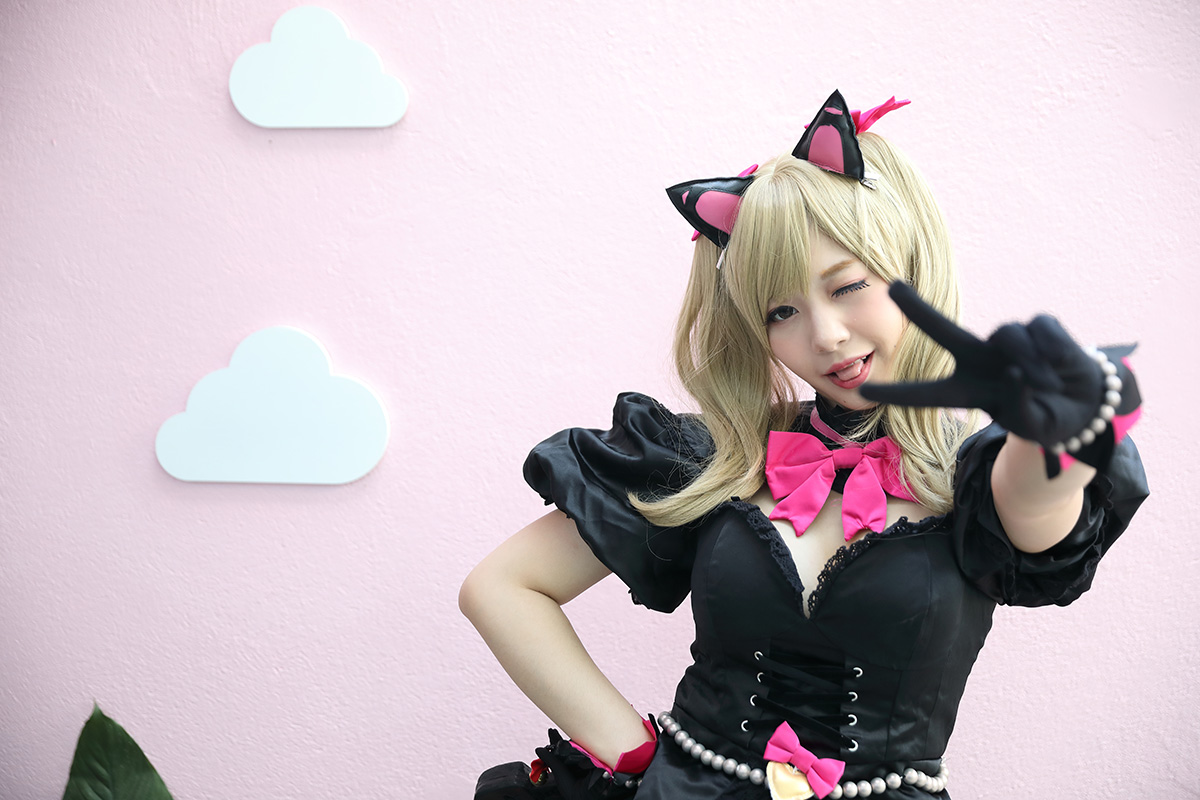Anime Vs Manga

Japan was the first country to print manga graphic novels and comic books. It is written in a way that both adults and children can comprehend, making it popular across both age groups. Characters in manga are notorious for having excessively large eyes, and the images are almost never colored; they are predominantly black and white. The stories of manga are frequently comparable to those of television dramas. Manga is a descendant of Japanese aesthetics, but many feel the style was influenced by American comic books smuggled into Japan during the Occupation years following World War II. Despite the fact that manga is a descendant of Japanese aesthetics, this is the case. In 1814, Katsushika Hokusai invented the name manga to characterize an unorthodox and free-flowing style of art. Manga is named in his honor. In 1984, manga was first utilized in its contemporary context. The literal translation of the Japanese word manga is `involuntary images.`
The term `anime` refers to a particular type of Japanese animation shown on television and in the movies. The bulk of adaptations are based on already published manga. The French verb `animer` served as the impetus for the creation of the Japanese word for animation, `anime,` which first appeared in Japanese usage in 1985. In conclusion, manga refers to printed material, whereas anime refers to video content.

examples
The inclusion of manga imagery in the updated standards was received with vehement protest from manga artists, free-speech advocates, and publishing corporations. They said that this would be a breach of the right to free expression and would allow authorities to make arbitrary decisions regarding works of art. (Japan Today)
At each meeting, the members of the manga club engage in a club activity and discuss their all-time favorite manga books as well as the series they are currently reading and adoring. (This piece first appeared in The Hawaii Army Weekly.)
It generated a number of spin-off manga series, including Attack on Titan: Junior High and Attack on Titan: Lost Girls, in addition to animated adaptations, prose novels, and two live-action features. (according to information from The Hollywood Reporter)

Fans of anime (Japanese animation) and manga (comic books and artwork in the Japanese style) regard conventions such as Youmacon to be unofficial holidays. This is why cosplayers (fans who don costumes) often spend the entire year sewing in preparation for these events. (According to The Detroit News) [Bibliography needed]
A pout like a doll, eyes like those of a deer, and a squished nose: Learn more about the Australian teenager who, by devoting a great deal of time and effort each and every day, has transformed herself into a prominent Japanese anime character (The Daily Mail)
In the novel `Spellbound,` which is a mash-up of worldwide fairy tales and a unique story, a young woman embarks on a voyage through a fantasy land populated with enchantresses, shape-shifters, and magic potions. Its sound is influenced by music from around the globe, and its vibrant aesthetic is influenced by Japanese animation. The plot follows the young woman as she travels from place to place across the land. (This data was obtained from the St. Louis Post-Dispatch.)